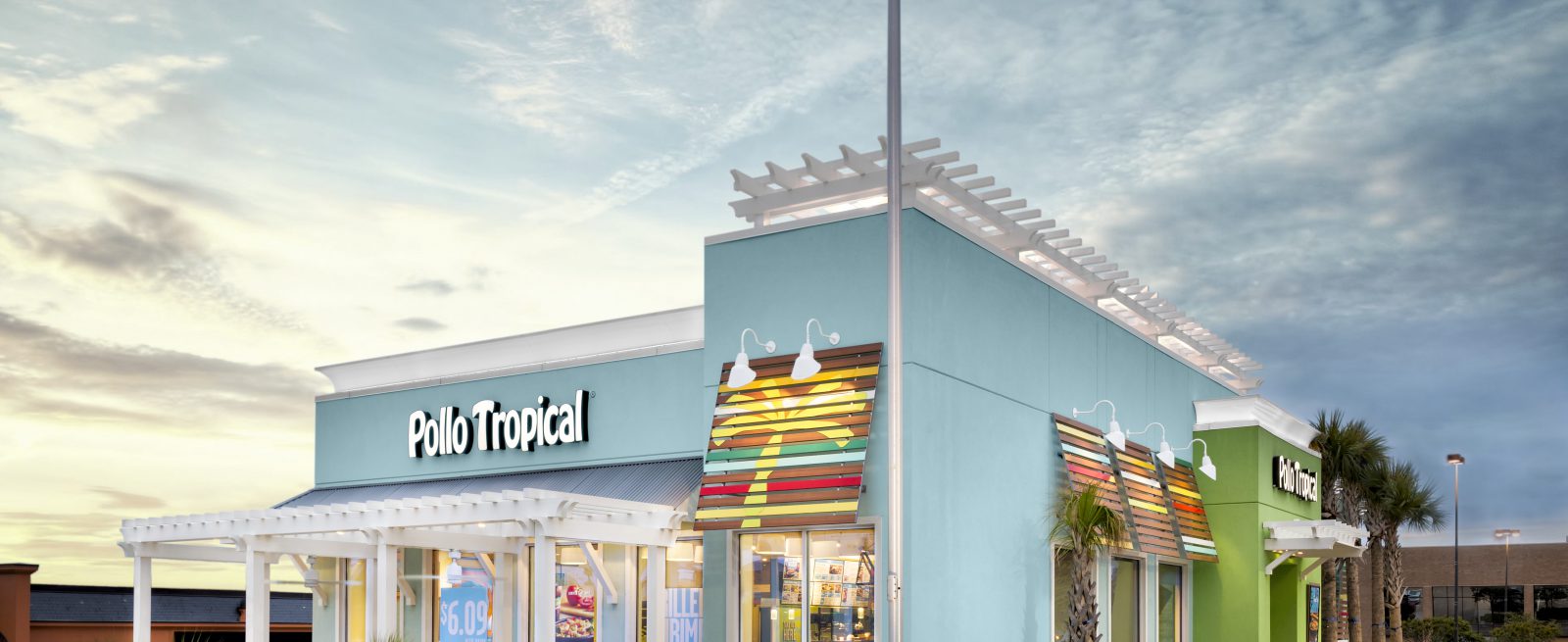Optimization Doesn’t Have to Mean Reduction
3 Min Read By Robert Ausdenmoore
According to a recent study by Accenture, nearly 90 percent of US retailers are focused on cost reduction to close out 2016. Coupled with volatile retail sales figures from August to September and ongoing political uncertainty with the election, the world of traditional restaurant and retail rollout has hit a lull.
As tumultuous as the environment has been in 2016, recessionary lessons of investing during a downturn offer up a few things to consider when looking forward:
Setting your restaurant brand up for measured success during economic lulls but streamlining in order to avoid reduction.
Value-Engineering the Multiplier: Developing an entirely new prototype is an intensive task on people’s time, energy and internal budgets. While changing consumer behavior can force retailers to re-evaluate their total customer experience on a five-to-ten year cycle, there are ways to smartly keep the experience engaging and streamlined in the interim.
The multiplier effect of material, finish and furniture selections are some of the first avenues explored for reducing “per store” cost. When these solutions aren’t available at tiered investment levels, development teams can feel boxed in on how rollout or remodel plans could be truly realized.
As much as sourcing alternative materials is a conversation about “functional” maintenance, durability and cost, it’s important to understand how each individual element ladders up to the desired “form” for the customer.
This requires value engineering to be as much a creative exercise as a spreadsheet-driven, cost-savings one. Wholesale re-designs of restaurant environments can be often be put on the backburner during economic downturns. What cannot be deprioritized, though, is a design sensitivity to the role of each branded element and its contribution to the real ROI driver – customer experience and loyalty.
In a peripheral industry, convenience chain Quick Mart Stores recently invested in a solid state LED program to retrofit fluorescent lighting across 25 locations. The retrofit will save the retailer an estimated 77 percent in lighting costs, which totals over $200,000 in savings for that improvement alone. Critically, though, the upgrade actually improved the customer experience by enhancing the eye appeal of the environment – creating an obvious win-win situation.
Reigning in Your Standards
As important as right-sizing the customer experience is, considering the roles and needs of your implementation partners (e.g. Architects and Engineers of Record, contractors, etc.) can be just as critical from an efficiency standpoint.
The inconvenient truth to managing a restaurant experience – much less a network of them – is how often prototypical standards need to be refined, iterated and adjusted to meet site-specific conditions or jurisdictional snags. Between the stages of a prototype’s design and its implementation are a critical set of steps required to coordinate and educate those involved in this part of the process.
The ongoing management of comprehensive standards is a proactive exercise that requires investment upfront, but can lead to a much smoother process when experiences are being physically brought to life. To realize those downstream benefits, though, the standards need to be developed as more than mere technical guidelines and specifications.
With how elevated the role of customer experience has become over the last few years, a restaurant’s documented standards need to reinforce this degree of importance to their implementation partners. Articulating the link between a brand’s strategy and its kit-of-parts can create significantly less back-and-forth as a site-specific design adaption is explored. It can also allow that activity to be more flexibly lead – whether it happens internally, externally, or even with multiple partners in parallel.
The “nuts and bolts” of sample test fits, material use guidelines, tiered technical applications, equipment requirements and cutsheet details are much easier to apply when the brand vision is clear. Comprehensive capture of that detail also sets the foundation for integrating all the various outside vendors (e.g. Millwork, Audio Visual, IT, Food Service, FF&E, etc.) during construction completion, owner turnover and operations upon opening.
Evaluating Your Bench Strength
Beyond streamlining an experience and its documentation, optimizing the rollout process itself is a final opportunity to consider as a cost-savings measure. Particularly in times of economic uncertainty, it’s easy to get lulled into a pattern of “doing things as they’ve always been done.”
Some restaurateurs or franchisees may lean further on internal design and construction team members to run the entire implementation process – from survey, to documentation, to administration. Others may default to their existing A&E relationships due to the time obstacles on-boarding new partnerships can require.
While such tactics can help in the short-term, there are value-driving performance indicators beyond time to keep in mind. Can your architecture resources handle your capacity without compromising quality control measures? Is there an “overwork” risk that might open the door for missed details and even more expensive change orders downroad? And by improving the standards process, would the blow from on-boarding new resources be a lot less than it may have previously been?
Across all these considerations is a common theme of measuring twice early to cut once later on. A candid review and appraisal of your current store-opening process can be a terrific starting place in identifying how far along the line changes need be considered. This evaluation will not only set you up for measured success during economic lulls, but for high velocity growth once the dam breaks on more earnest expansion plans.
Pollo Tropical photo by Mark Steele.


